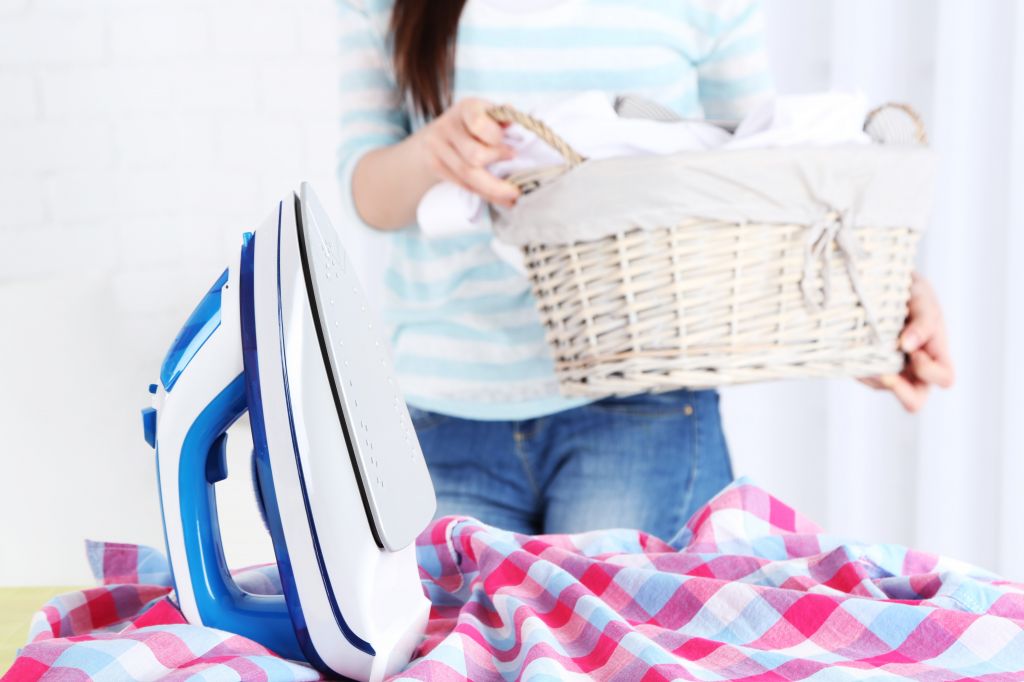Care Instructions
Care and maintenance
General recommendations
|
|
- Use vinegar or tablets to clean up your washing machine. Doing this regularly will avoid decalcification. Only use these product when your washing machine is empty.
Handling of stains
- Fruit, ink, coffee, tea or chocolate: dip with alcohol or ammonia and rinse in clear water.
- Fats: slightly dip with stain remover or ammonia and rinse in clear water.
- Solar cream: the stains of solar cream are thick and have a specifical colour. To eliminate these stains it's better to use a liquid laundry product or a gel. When you have to deal with stubborn stains you'd better use a pretreatement product..
- Wine: rinse with hot water an immediately launder. Do not add salt to the stain as salt affects the fibers. Eventually, use some white wine.
- Stains will be removed easier if you add the detergent directly on the stain and not in the washing machine drawer. Be careful! This could also cause discoloration on some spots.
- Blood: In most cases you just have to wash away the stains with a principal laundry product. If you have to deal with stubborn stains you would better first soak the laundry in cold water. Add a full spoon of salt to every liter of water. Let the laundry soak for a couple of hours in hot water with a chemical product after the rinse. After that you'll be able to wash your laundry as you do it usually.
- The sooner the better... Stains that are treated immediately are more likely to dissapear completely.
- Avoid the mix of different chemical products.
For those who use laundry stain remover:
- Make sure that the room is always ventilated.
- Keep the products out of the reach of children.
- Act in several steps. You can always repeat the treatment if necessary.
- Protect your eyes and skin.
Washing tips
- The laundry should not be too dirty
- Don't throw the laundry in an entirely closed laundry bin, do not lay it on a dirty wet floor, but keep it dry and fresh when stored.
- Sort the laundry according to the wash label.
- Do not overfill the washing machine nevertheless do not fill the machine with too little laundry
- Use detergent with bleaching agent for white laundry wash at higher temperature.
Bleaching agents only work above 60 ° C - usually they contain optical whiteners. - Use detergent for coloured laundry for pastel tones, these detergent usually do not contain optical whiteners.
- Add a tennis ball to your washing machine while you're washing duvets. The tennis ball will avoid the clot formation. Using a soft laundry product is also a good idea.
Drying
- Hang large pieces on the clothesline, so they skew less.
- Don't expose the laundry to direct sunlight.
- Bacteria remain in the linen even after washing. Let your laundry dry in the sun. It's a good trick to fight bacteria. The UV-light has a disinfectant effect.
- Laundry treated with optical whiteners starts turning yellow after prolonged exposure to the sun.
- Always dry coloured wash in the shadow.
- Ventilate the drying room thoroughly
- Don't put delicates in your drying machine. Pay attention to the washing instructions.

Ironing
- Ironing with a damp cloth or steam iron is sufficient for products made out of natural fibers e.g. cotton, flax, wool...
- Presort the laundry according to the care symbols on the label, start ironing on the lowest temperature.
- Iron laundry somewhat wet. When changing to a lower ironing temperature, wait for a short time.
- Clean your iron with a damp cloth, to remove 'dressing'. A dirty iron reduces the ironing effect.
- Shake your laundry before you start ironing. It's the easiest way to remove some flods already.
Ecological washing
- Switch off your washing machine after the program and take the linen immediately out of the machine. So you can avoid the formation of flods and you reduce the pile of ironing.
- Wait to have enough laundry to fill your washing machine completely. You'll consume more by washing more often in smaller quantities
- Distinguish the dirty laundry from the laundry that only needs to be ventilated. This trick is not only good for the environment but also for the linen itself.
- Use the lowest temperature to obtain a good washing result. The laundry products have greatly improved over the years. A temperature of 30°C is enough to remove stains.

